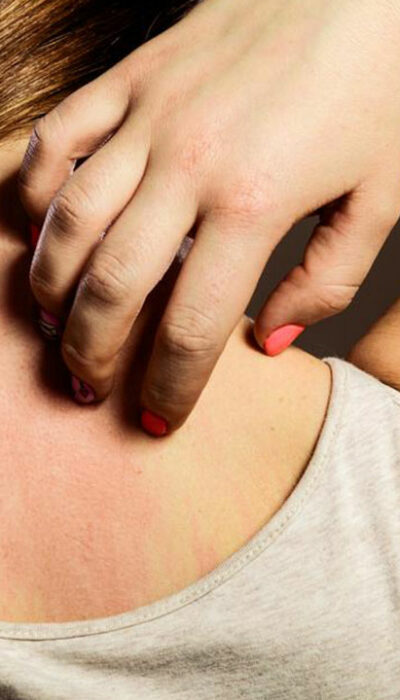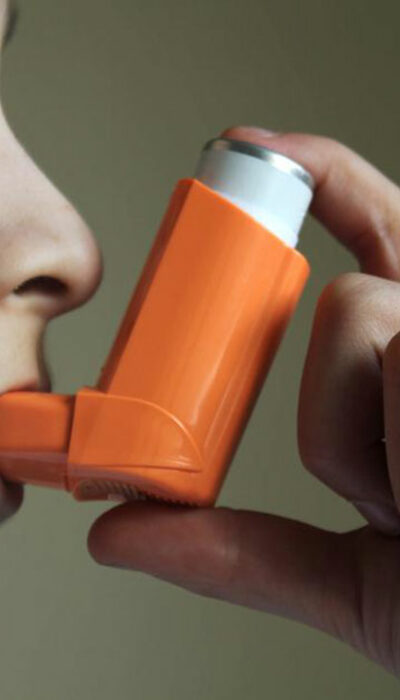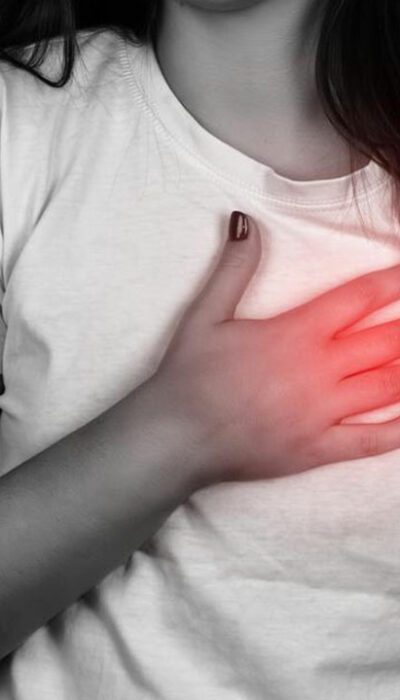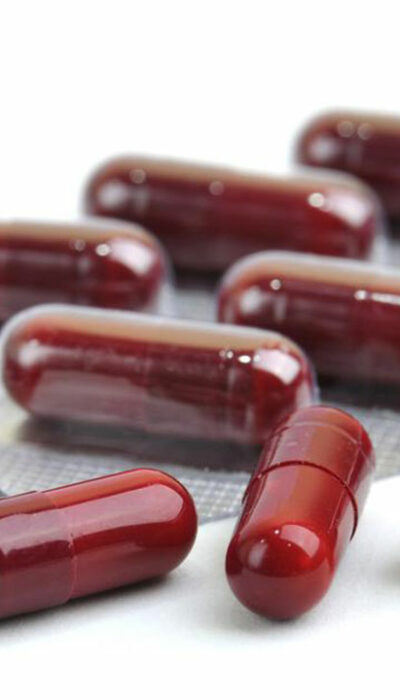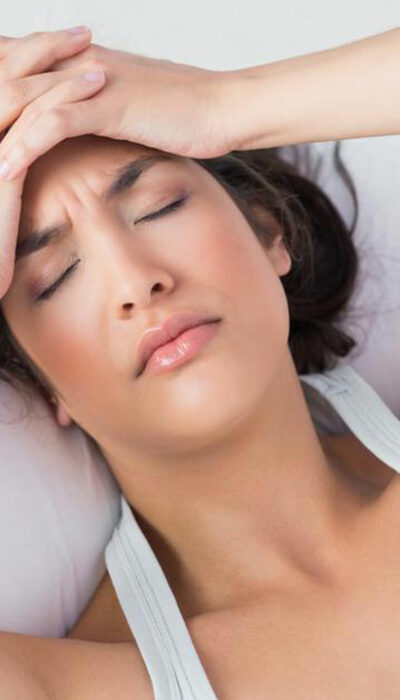
8 Natural Ways to Lower Blood Sugar Levels
The fast-growing lifestyle and unhealthy eating habits have all led to the rising of blood sugar levels. It is seen that high blood sugar can be treated by regular exercise and intake of a healthy meal. There are a number of treatment options that can help to keep your blood sugar under check. High blood sugar is the condition wherein the body’s ability to use or produce insulin gets affected. If you too are continuously finding ways on how to lower blood sugar levels and do not want to get treated using medicines, then here are a few ways of you can reduce it. Stay hydrated It is always advisable to drink water as much as possible. Drinking ample water helps in keeping the blood sugar levels under control. Also, if you drink enough water, the kidneys will flush out excess blood sugar from the body. It should be kept in mind that beverages that are sweet or sugar-sweetened water is not good for health as it raises the chances of diabetes and also drives weight gain. Increase the fiber intake in your daily diet Fiber is seen as an important constituent that plays a crucial role in sugar absorption. It also helps in slowing the process of carb digestion. There are different types of fiber and each one has a distinct role to play. The two types of fiber are soluble and insoluble. While both of these are equally important for the body, the soluble fiber has blood sugar lowering qualities. So, ensure that you have a high-fiber diet that not only fights against type 1 diabetes but also actively reduces high blood sugar. Some of the foods that are high in fiber include legumes, fruits, vegetables, and whole grains, to name a few. Doctors too recommended having soluble dietary fiber as an effective home remedy to lower blood sugar levels.


